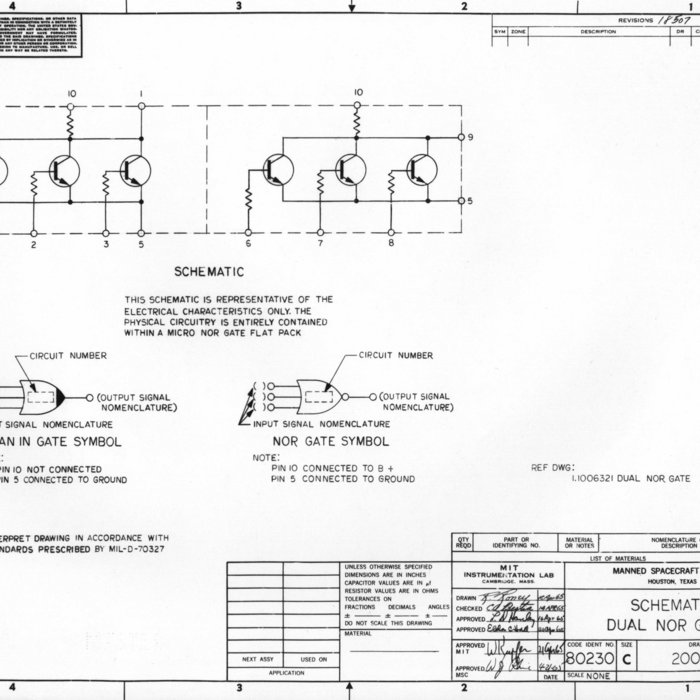Fundamentals of logic design 7th ed – Fundamentals of Logic Design, 7th Edition, provides a comprehensive and up-to-date introduction to the field of logic design. This authoritative text presents the basic concepts of logic design, including gates, truth tables, and Boolean algebra, in a clear and concise manner.
The book also discusses the different types of logic gates and their functions, providing examples of how logic gates can be combined to create more complex circuits.
In addition to combinational logic design, the book also covers sequential logic design, memory and programmable logic, computer arithmetic, and logic design tools. Each chapter is packed with real-world examples and exercises that help students to understand the practical applications of logic design.
Fundamentals of Logic Design, 7th Edition, is an essential resource for students and professionals in the field of computer engineering.
Logic Design Fundamentals

Logic design involves the analysis, design, and implementation of digital circuits. It forms the foundation for the development of electronic devices and systems.
Gates and Truth Tables
Logic gates are the basic building blocks of digital circuits. They perform simple logical operations, such as AND, OR, and NOT, on input signals to produce an output signal.
Boolean Algebra
Boolean algebra is a mathematical system used to represent and manipulate logic expressions. It provides a formal framework for designing and analyzing logic circuits.
Combinational Logic Design
Combinational logic circuits produce an output that is solely dependent on the current inputs. They do not have any memory elements.
Karnaugh Maps
Karnaugh maps are a graphical method for simplifying combinational logic circuits. They allow for the identification of common terms and the reduction of the number of gates required.
Quine-McCluskey Method
The Quine-McCluskey method is another technique for simplifying combinational logic circuits. It uses Boolean algebra to generate a minimal set of prime implicants.
Sequential Logic Design
Sequential logic circuits have memory elements, such as flip-flops, that store information and allow the output to depend on both current and past inputs.
Flip-Flops
Flip-flops are bistable circuits that can store one bit of information. They are used to implement memory elements and registers.
Counters and Shift Registers, Fundamentals of logic design 7th ed
Counters are sequential logic circuits that count pulses or events. Shift registers are used to store and shift data.
Memory and Programmable Logic: Fundamentals Of Logic Design 7th Ed
Memory devices store data and instructions for use by the computer. Programmable logic devices can be programmed to implement custom logic functions.
RAM, ROM, and EEPROM
RAM (Random Access Memory) allows for read and write operations. ROM (Read-Only Memory) stores permanent data. EEPROM (Electrically Erasable Programmable Read-Only Memory) can be erased and reprogrammed.
PLDs and FPGAs
PLDs (Programmable Logic Devices) and FPGAs (Field-Programmable Gate Arrays) are programmable logic devices that can be used to implement complex logic functions.
Computer Arithmetic
Computer arithmetic involves performing arithmetic operations using digital circuits.
Adders and Subtractors
Adders and subtractors are used to perform addition and subtraction operations on binary numbers.
Multipliers and Dividers
Multipliers and dividers are used to perform multiplication and division operations on binary numbers.
Logic Design Tools

Logic design tools are software programs that assist in the design and analysis of logic circuits.
Schematic Capture
Schematic capture tools allow for the graphical representation of logic circuits using symbols and connections.
Simulation
Simulation tools allow for the testing and debugging of logic circuits before they are implemented in hardware.
Synthesis
Synthesis tools automatically generate logic circuits from high-level descriptions, such as Verilog or VHDL.
Commonly Asked Questions
What is the difference between combinational and sequential logic design?
Combinational logic design is concerned with the design of circuits that produce an output that is a function of the current inputs only. Sequential logic design is concerned with the design of circuits that produce an output that is a function of the current inputs and the previous state of the circuit.
What are the different types of logic gates?
The basic logic gates are AND, OR, NOT, NAND, NOR, and XOR. These gates can be combined to create more complex circuits.
What are the applications of logic design?
Logic design is used in a wide variety of applications, including computers, digital signal processing, telecommunications, and robotics.